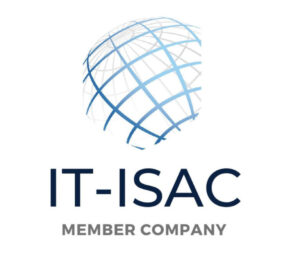Origin and Importance:
Gartner AI TRiSM
The term was popularized by Gartner, who identified AI TRiSM as a critical discipline for organizations deploying AI at scale. As AI adoption accelerates across industries, managing its trustworthiness and associated risks has become a top priority to build confidence among stakeholders and comply with evolving global regulations like the EU AI Act, HIPAA, and GDPR.







